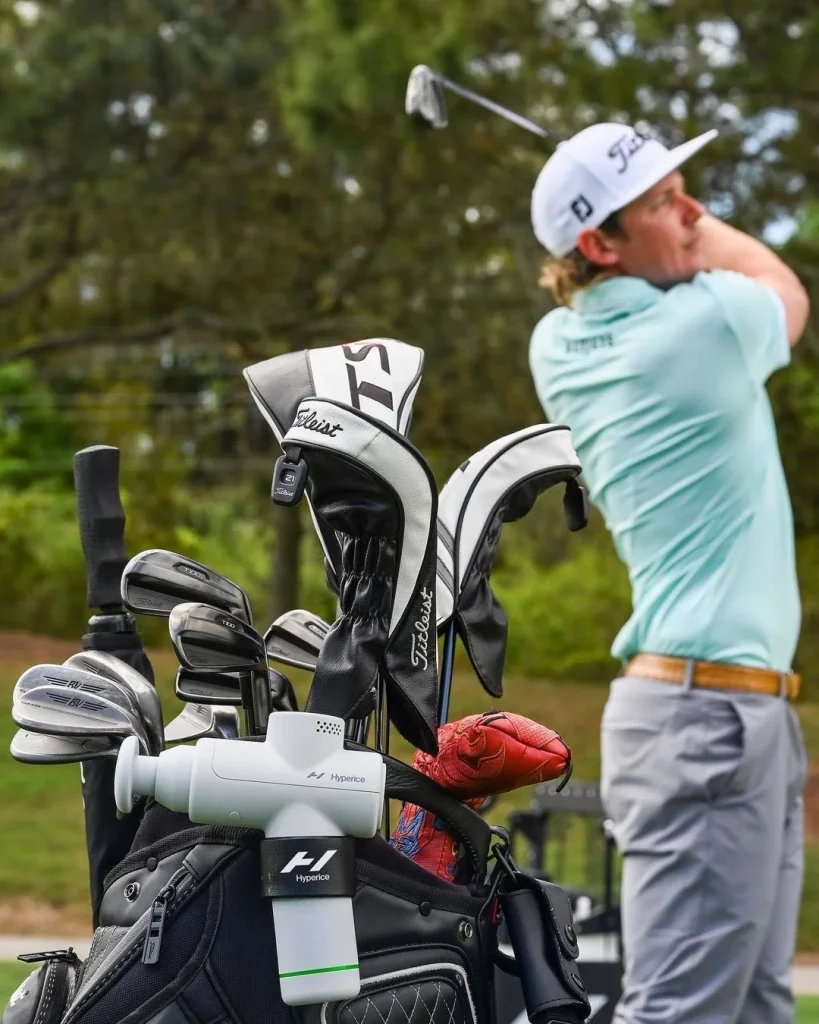
Trainers and physios on the travelling circus of the PGA Tour have to adapt to certain challenges in how we deliver recovery techniques for athletes. When I was working in team sports in Australia (Australian rugby league and cricket, for example), the trainers’ environment was always at a stadium or a high-performance center. Everything was there and the environment and equipment were consistent. Even if it was an away game, the home team would have similar facilities.
What I believe are the most effective recovery methods for athletes in general may not be the easiest to sustain long term in a dynamic sport like golf. The most common recovery techniques I use are influenced by the fact my athletes and I travel to a different golf course each week, and the setup for trainers is almost always different. Some weeks it’s in a designated tent, and others it’s in the clubhouse of the host course.
Here are three of the recovery techniques I use most frequently on the PGA Tour.
1. Contrast Water Immersion (warm and cold pools)
One of the most effective recovery methods is contrast water immersion. It is basically jumping into a cold pool, then a warm pool, then getting back into a cold pool and then getting back into a warm pool. If a PGA Tour golfer has just played in 105-degree August heat in Memphis and they are incredibly dehydrated and lethargic from walking miles around a golf course, it’s always extremely beneficial to undergo a recovery technique that will have a physiological and psychological change in a positive way and reduce the sensitivity of aches and pains.
Cold water immersion provides a constriction effect in the form of vasoconstriction (compression of the blood vessels). Compression of the blood vessels helps push fluids around the body. When you jump into a cold pool, the water’s natural pressure offers compression on the body and the cooling properties help desensitise the legs and arms. What I like to do then for my athletes is to have them get into a warm pool (warm, not hot). When you go from cold to warm to cold again, the body produces a pump-like effect. The body begins to experience rapid compression and expansion and compression again. The body doesn’t really have a choice but to adapt. Warmth brings a dilating effect in the form of vasodilation (opening of the blood vessels). When everything opens up, it facilitates good fluid movement in the body and allows blood to travel easier. Warm water also helps return lymphatic fluids centrally and promotes the transportation of oxygenated blood.
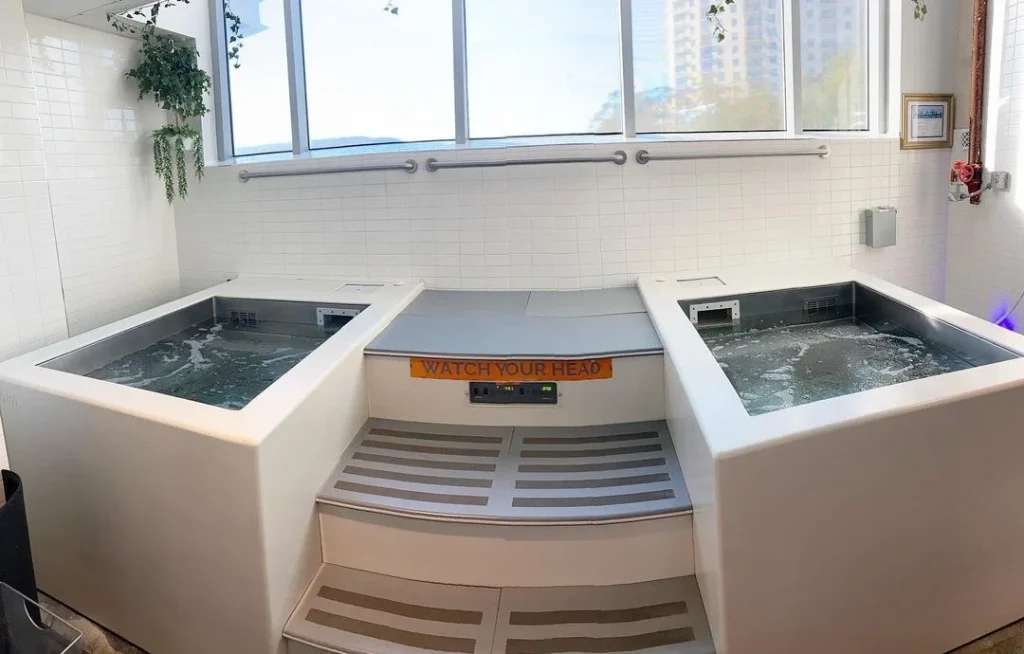
2. Compression boots
The ability to throw on some compression boots at the end of a round has like a flushing-like effect, and Hyperice make a great product called NormaTec. It’s just like jumping into water; compression boots recreate a similar pressure sensation. If an athlete puts on the boots for a 30-minute treatment, it runs through different chambers of pressure on the feet, the legs, thighs and up into the glutes. The body starts to get movement of fluid and a pump-like effect and this is particularly important for a system in our body called the lymphatic system.
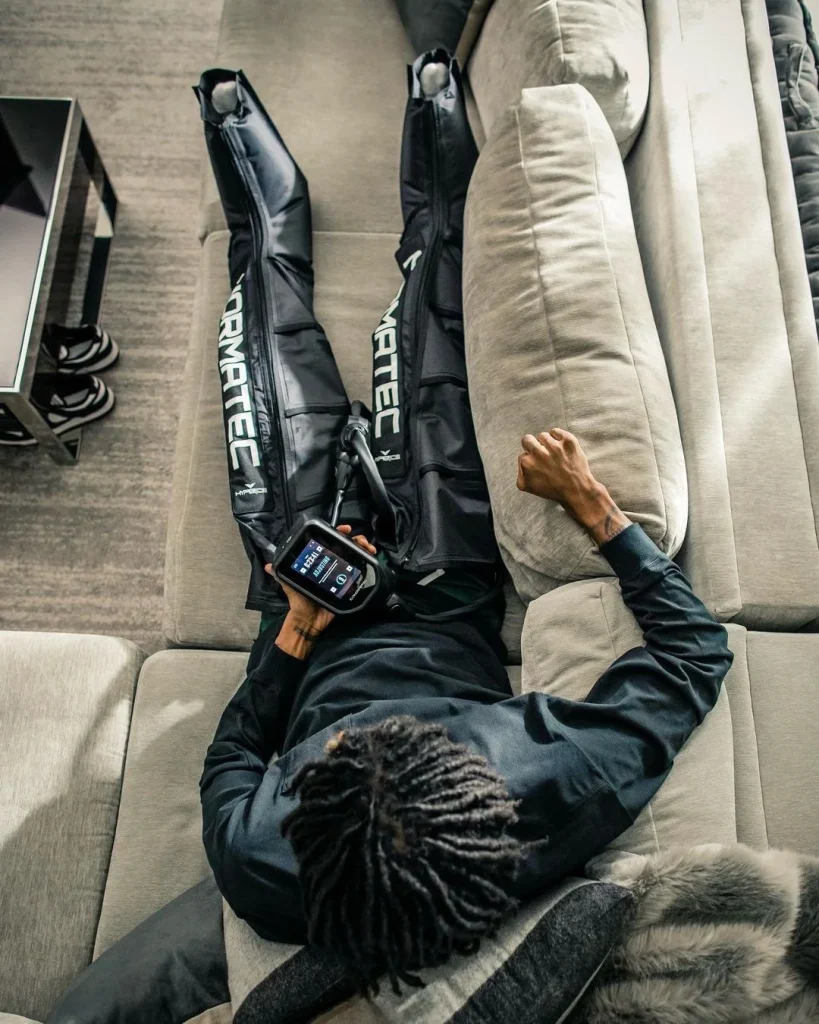
Our lymphatic system helps promote the movement of fluid that’s not related to blood, or our cardiovascular system. The lymphatic system doesn’t have its own pump, or its own heart, so it relies on the movement, compression and relaxation cycles of muscles, to transfer lymphatic fluids. It also relies on gravity. Compression boots increase the external pressure of your body to help force fluid back into the spaces of the body which allow for enhanced distribution of that fluid.
These areas include behind the knee and within the groin. They are massive wells which our lymphatic system drains into. If you’re constantly standing on your feet, or walking miles on a golf course, and you don’t have the ability to get into inverted position, your calves and feet will collect a lot of that fluid. Compression boots are great to counteract this because they are relatively inexpensive and effortless. They can also be worn while sitting in front of the TV.
3. Percussion therapy / vibrational therapy
Percussion therapy, or vibrational therapy, is an excellent tool for recovery and there are “hammers” or “guns” that are becoming household products. Hyperice make the Hypervolt gun and it’s commonly used on the PGA Tour, including by one of my athletes, Cam Smith. These devices work by using a modified and acute version an old school therapeutic technique called percussion, which physios and trainers perform with their hands. Percussion is kind of like banging into the musculature that is restricted, or needs to be recovered.
If you’ve got tight quads an you use the Hypervolt for 20 minutes for example, you start to get this relaxation effect. The therapeutic kneading and pounding of muscles from the gun can trigger a regenerative effect because the muscles are passively contracting and relaxing at the same time from the stimulus. That process aids the recovery of overactive motor units in the muscle and has an effect similar to releasing the knots in tight musculature.
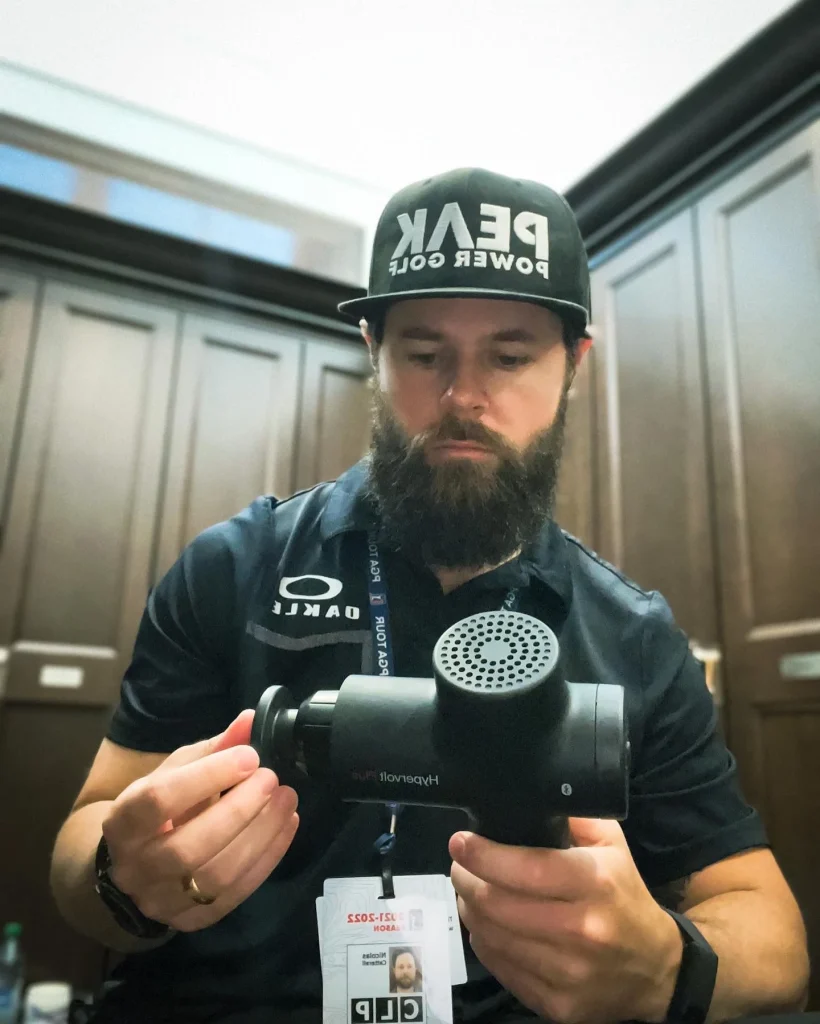
Recovery is one of the most crucial pieces of the puzzle for athletes on the PGA Tour, and they are the three of the techniques I often use to ensure my golfers are ready to perform at a high level for the next round.
Cheers, Nic
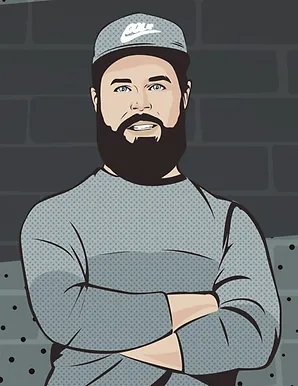
About Nic Catterall/Peak Power Golf
Nic Catterall is an Australian high-performance coach, specializing in strength and conditioning, musculoskeletal therapy and sports science, for professional golfers on the PGA Tour in the U.S.A. Nic works with Cam Smith, Luke List, Matt Jones, Dylan Frittelli and Hank Lebioda. Nic created the Peak Power Golf company to educate about the athleticism of golfers and what they are capable of. Peak Power Golf provides online training, athlete mentoring and athlete assessments.
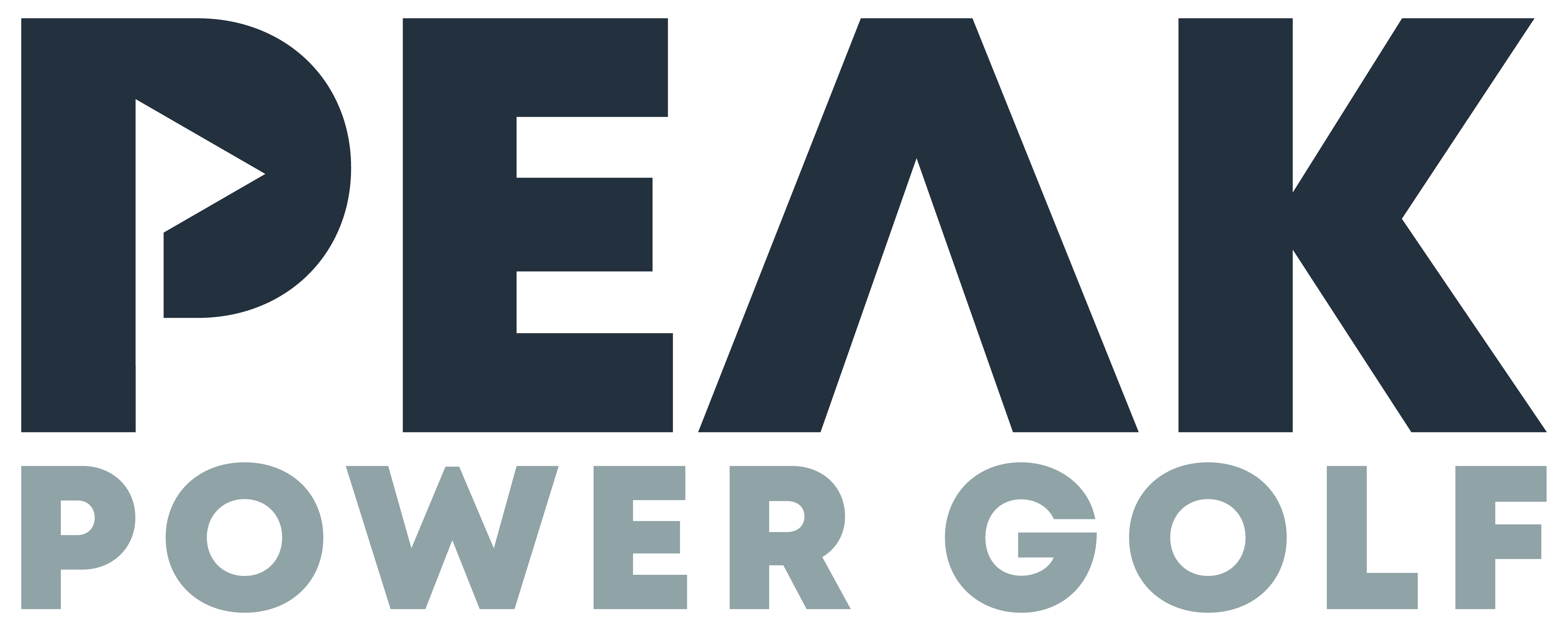
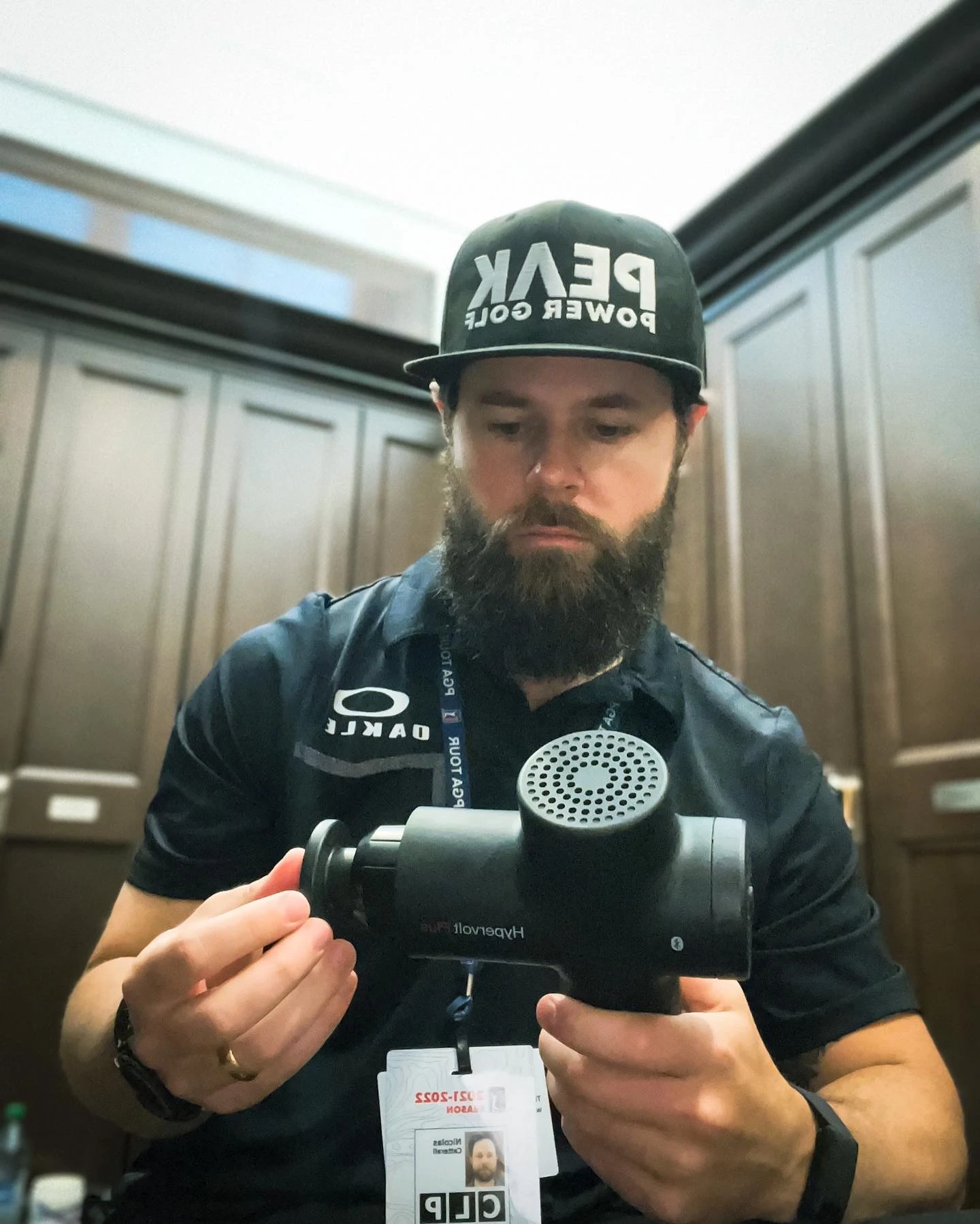
Leave a Reply